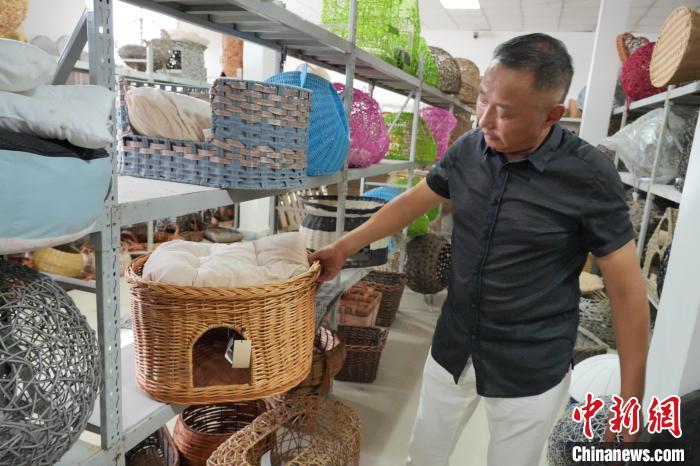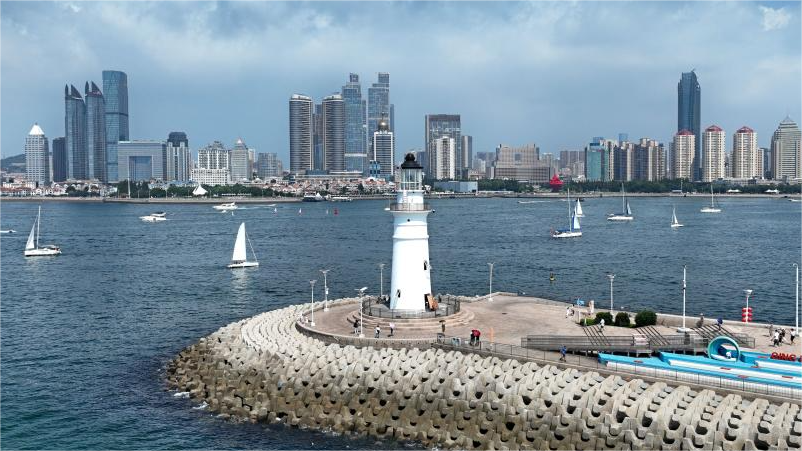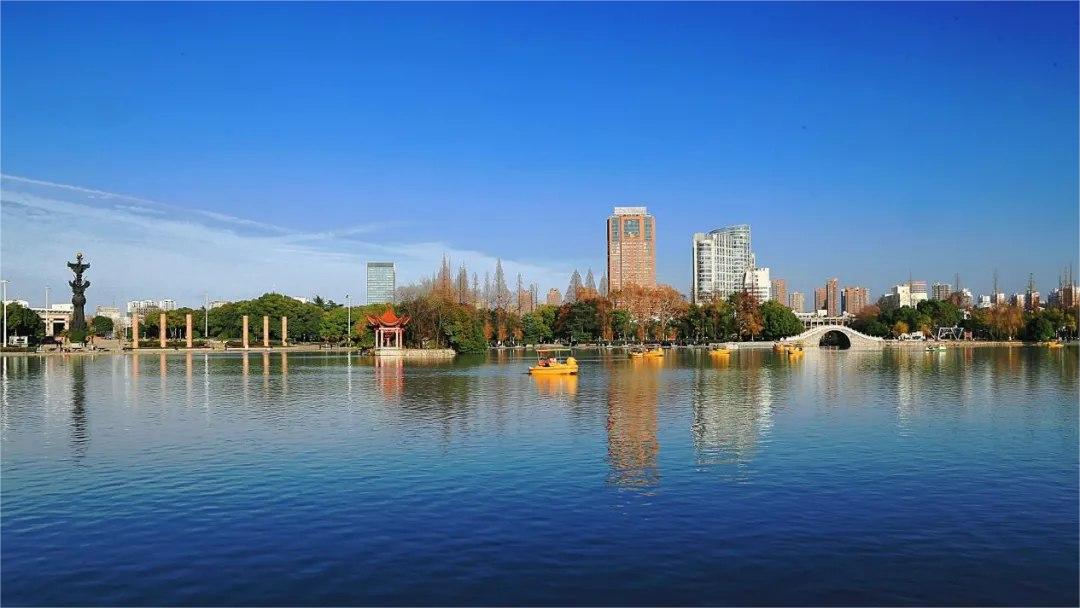Wickerwork industry prospers in China’s Anhui
Twisting, threading, tying, weaving, wrapping, twisting...In Huanggang township, Funan county, Fuyang city, east China’s Anhui Province, villagers skillfully manipulate willow branches in their courtyards, creating exquisite wickerwork crafts through processes such as shaping, polishing, assembling, and coloring.
Known as the “home of wicker weaving” in China, Huanggang boasts a millennium-old history of willow cultivation and over 500 years of weaving tradition.
In 2011, Huanggang wicker weaving was listed as a Chinese national intangible cultural heritage.

Yang Yi, president of Funan Nature Arts & Crafts Co., Ltd. and a municipal-level inheritor of wicker weaving in Funan county, Fuyang city, east China’s Anhui Province, introduces the company's cat beds. (China News Service/Zhang Yazi)
"The wicker-weaving products of Huanggang are made by hand, with complex processes that are completed in one continuous flow,” said Yang Yi, president of Funan Nature Arts & Crafts Co., Ltd. Yang was part of the first batch of locals who engaged in the production of wicker products and is also a municipal-level inheritor of wicker weaving.
Yang said that Huanggang established a wicker weaving cooperative in the early 1950s. Since the launch of reform and opening-up, a wicker weaving plant has been built, leading to a wide range of wicker products.
At present, Funan county has become China’s largest export base for wicker products, with over 10,000 types of products ranging from agricultural products to home decor items. These wicker products are sold domestically and internationally to countries and regions like South Africa, North America, and Western Europe.
Local farmers like Ma Huairong work in Yang’s factory weaving products like cat trees. For over two decades, Ma has weaved wicker products in her spare time as a way to boost income.
"We are all nearby farmers. In the past, we mainly wove baskets, but now the factory lets us weave trendy products like cat trees and beds,” Ma said, adding that this has significantly increased their earnings.

Workers pack cat beds and dog beds based on wicker weaving at a workshop of Funan Nature Arts & Crafts Co., Ltd. in Funan county, Fuyang city, east China’s Anhui Province. (China News Service/Zhang Yazi)
Yang said the company’s cat trees and beds are particularly popular in international markets, which helps the company generate annual revenues of 7 to 9 million yuan (about $1 million to $1.25 million). The company is planning to develop more novel products and register patents to tap the potential of the pet economy.
Yang emphasized the importance of combining traditional wicker weaving with modern concepts to further promote the development of the traditional craft and the wickerwork industry.
From 2017 to 2023, the output value of Funan county’s wickerwork industry grew from 6.1 billion yuan to 12 billion yuan, with an average annual growth rate of more than 13 percent. A total of 201 wickerwork companies in the county have been authorized to export wicker products, including more than 25 with an export value of more than $5 million respectively.
About 120,000 people in 14 towns are engaged in the willow processing industry, generating about 680 million yuan in additional income, with 300 million yuan earned from willow cultivation, and 15,000 people have been lifted out of poverty thanks to the industry.
Photos
Related Stories
- Mothers at looms weave tapestry of work and family
- S China's Bohai features developing weaving artwork industry
- Rattan weaving brings prosperity to people in Hanzhong, NW China's Shaanxi
- Weaving skills of Chinese ethnic minority group showcased in London
- Small town weaves big industry with various nets
- Traditional handwoven craft: xiabu
- Beauty of intangible cultural heritage in Xinjiang: Reed weaving
Copyright © 2024 People's Daily Online. All Rights Reserved.









